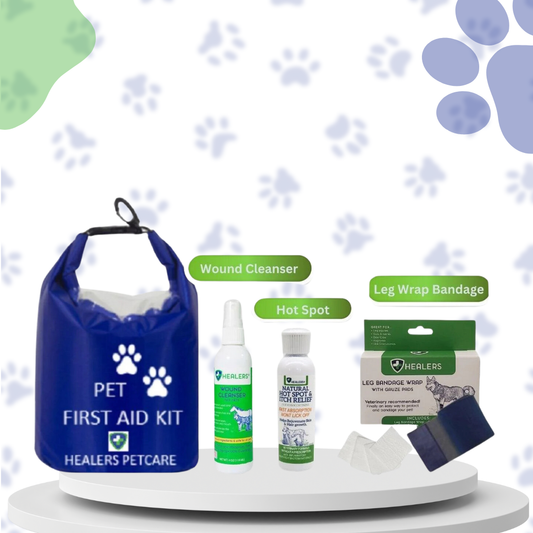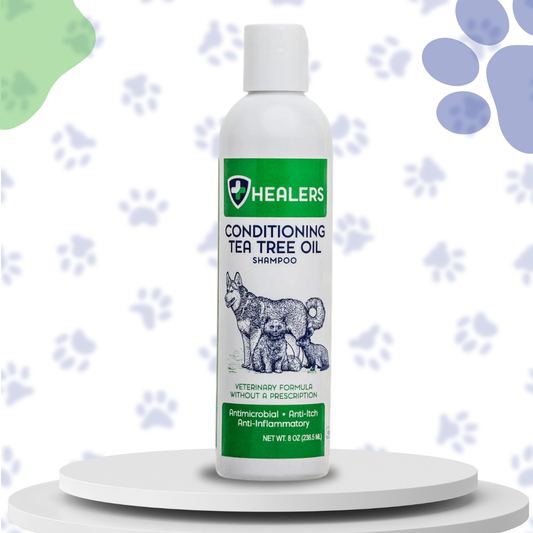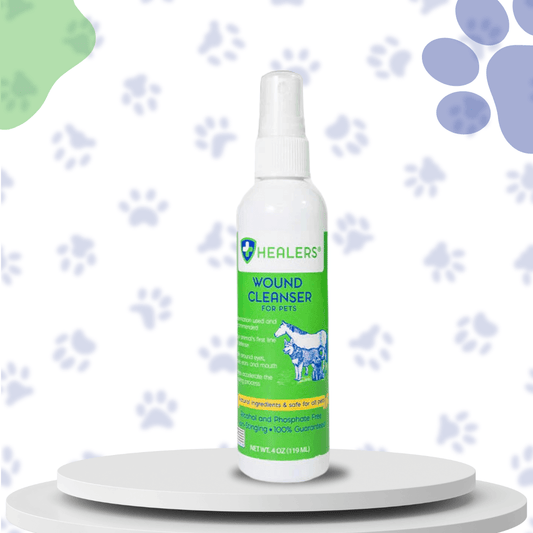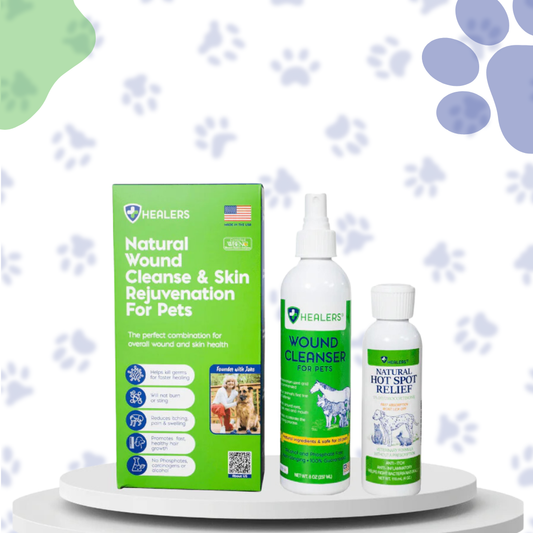How to Have a Hot Dog Summer: Tips for Walking Dogs in Hot Weather, By: Paige Knight

These dogs are geared up for a Hot Dog Summer!
You’ve heard of the “Hot Girl Summer,” but what about the “Hot Dog Summer?” Walking dogs in hot weather is inherently difficult, but with the right tools, we know that you’re up to the task. Read along to find out about the best hot-weather dogs, the worst hot-weather dogs, how to walk dogs in hot weather, and other tips to turn your Hot Girl Summer into a Hot Dog Summer!
The Best Hot-Weather Dogs
The best way to make sure your dog stays safe in the summer heat is to know their unique needs. Of course, each individual dog is different, but some breeds are better-equipped for a Hot Dog Summer than others. Knowing which category your dog falls into can help you to be realistic about the amount of activity they can handle in the summer months.
-
For Hiking and Walking
The best hot-weather hiking dog is the German Shorthaired Pointer. These pups are literally bred for outdoor fun, as they have a water-resistant coat that is great for regulating their body temperature and keeping dirt off of them.
These pups also have paws of steel – their durable nails help them to get traction in rocks and dirt, making them perfect for a challenging hike. They can handle daunting terrains, and because they are high energy and crave tons of activity, they make the task of walking dogs in hot weather a breeze.
-
For a Day in the Water
If your ideal Hot Dog Summer includes frequent trips to the pool, beach, or lake, the American Water Spaniel is your ideal bestie.
Their coats are full of unique curly waves, which are great for protecting them from water, outdoor critters, and debris – think sticker burrs and bugs. These pups need physical and mental stimulation, so they’re best for a high-energy lifestyle in the great outdoors.

Some dogs are well suited for water sports during the summer, like the American Water Spaniel and this pup playing with a stick! | Alt Text: A dog with black-and-white fur runs through the water with a stick in their mouth.
-
For Lounging in the Summer Heat
If you’re more of a “soak up the summer sun from the comfort of a nice lounge chair or patch of grass” kind of dog parent, a Great Dane is perfect for your needs. Though you might not be able to convince one of these gentle giants to go on a hike with you, they do love the summer heat. You can find them lounging next to heaters or in the brightest patch of sunlight in your backyard, and we’re sure they’d love for you to join them!
The Worst Hot-Weather Dogs
-
Arctic Pups
It goes without saying that pups bred for a life in the arctic probably aren’t best suited for summer fun. Dogs like the Alaskan Malamute and Siberian Husky aren’t the best hot-weather dogs. They have extremely thick coats, which are great for pulling sleds in the arctic but might not be best for a long, hot hike.
We know they’re majestic, but if you plan on living somewhere where the seasons tend to be warmer, maybe hold off on getting one of these pups. Or, if your heart is really set on a husky, maybe consider relocating to a cooler climate.
-
Brachycephalic Pups
Brachycephalic dogs have flat, scrunched-up faces and noses – think Bulldogs, Boston Terriers, Pugs, or Boxers. While they are adorable, their flattened faces make for narrow nostrils and constricted airways. One of the ways that dogs regulate their body temperature is through panting, and these pups have a restricted ability to do so.
We’re not saying you can’t own a Boston Terrier or Boxer in a warmer climate, but we are saying to be extra careful if you do. These pups will be at a greater risk for heatstroke and will need more frequent breaks, access to water, and access to shade when on walks or playing in the summer heat.
Walking Dogs in Hot Weather
Though it may feel daunting to walk your dogs in hot-weather months, it can be done! We want to make sure your pup gets all of the exercise and enrichment that they need, so follow the tips below to make sure you do outdoor time safely.
-
Plan Your Walks
When it comes to walking dogs in hot weather, planning is key. Pull up your weather app and take a look at the times of day when the temperature is at its lowest – odds are, it’ll be during the morning and evenings. If you’re an early riser, set your alarm a little early and start your day with some enrichment and bonding with your pup. If you’re allergic to waking up early, no worries! You can still have a Hot Dog Summer by planning an earlier dinner and taking your pup out for a Golden-Hour walk right before sunset.
If you live in a more humid climate, make sure to factor this into your planning as well. Though it might feel cool out to you, high humidity might make it harder for your pup to cool off. Unlike humans, dogs rely on panting to cool their bodies off, but this process is hindered by high humidity. So, when humidity is high, maybe hold off on walking your dogs in hot weather.
-
Take Breaks
Though you might be able to push through the heat, your dog needs to take breaks to keep going. A good rule of thumb is to give your dog a break every 15 to 20 minutes for general walking and playing, and increase the frequency with the intensity of exercise. So, if you’re doing intense activities like playing fetch, running, or hiking, maybe shoot for a break every 10 minutes.
You should also be keeping a close eye on your pup for signs that they need a break more frequently than outlined above. If your dog is panting excessively, has their tongue lolling out, is whimpering, is attempting to lead you to some grass to lay down, or is walking slower than usual, they’re trying to tell you that they need a breather.

When walking dogs in hot weather, it’s always important to take breaks and stay hydrated. | Alt Text: A dog with brown fur drinks water from a water fountain.
-
Stay Hydrated
While giving your dog a break, it’s important to make sure you find a shady spot and give them plenty of water. In fact, your pup should be getting around-the-clock hydration in the summer months, not just when they’re doing something strenuous.
How much does your dog weigh? Did you know that about 60% of that is actually water mass? Water is super important for pups (and for their parents), and making sure your pup is properly hydrated can make a world of difference when it comes to outdoor exercise.
Remember your dog’s weight? To calculate how much water they should be getting, take that number and multiply it by 0.5oz – that’s the minimum amount of water they should get in a day. During the summer months, though, your pup’s water intake should be double that. Simply put, your dog should be drinking between 0.5-1oz of water per day. So, a 50-pound pup should be drinking 25 daily ounces of water on the low side, and 50 daily ounces on the high side.
But how do you know if your dog should be on the higher or lower side of water intake? There are lots of things that factor into that, such as how much your pup exercises, the type of food they eat, the weather outside, and their age. Here are some questions to ask yourself to figure out how much water your pup needs:
-
Does my dog eat dry, raw, or canned food?
Dogs who eat a raw or canned diet often get extra water from their food, but dogs who eat a dry diet do not. If your dog eats dry food, try hydrating their food by adding some water or low-sodium broth to it.
-
How much does my dog exercise?
If you have an active pup, they’re going to need more water.
-
What’s the weather like outside?
If it’s extremely hot or cold, your pup will need some extra hydration.
-
How old is my dog?
Adult dogs can regulate their water intake pretty well, but puppies might need some help. Helping your puppy to regulate their intake by giving them gradual amounts of water throughout the day can help you to track their water intake and help you when it comes to potty training. Elderly dogs might also need some extra water due to their vulnerability to heatstroke.
-
Signs of Heatstroke and Dehydration
When it comes to walking your dog in hot weather, one of the biggest dangers is heatstroke. Heatstroke happens when a dog becomes severely overheated, and it can lead to brain and kidney failure if not addressed promptly. Catch heatstroke before it starts by looking out for signs of dehydration:
- Dry nose and mouth
- Lots of panting with tongue lolling out of mouth
- Slowing down or looking lethargic
- Loss of skin elasticity
- Skin reddening
- Overproduction of saliva
Catching the signs of dehydration can help you to intervene before heat stroke sets in. If you notice these signs, find a cool, shaded spot to give your dog a break. Give them lots of cold water and put water on their head and neck. If you have any fabric, it can also help to cover their head in a cold, damp rag. Once they’ve cooled off enough to keep moving, take your pup back home or to an air-conditioned car to relax.
If you don’t catch the signs of dehydration in time, it could progress to heatstroke. If you notice the signs of heatstroke, call your vet or an animal hospital to let them know you’re on the way, get your pup into an air-conditioned vehicle, and try to cool them off using the above-mentioned methods. Signs of heatstroke:
- Uncontrolled panting, with tongue lolling out of mouth
- Excessive drooling
- Collapse or loss of consciousness
- Discoordination
- Refusing water
- Reddened gums
- Vomiting
- Diarrhea
- Seizure
Be extra vigilant for signs of heatstroke if your dog breed is not well-suited for hot weather, if your dog is small, or if your dog has short legs, which places them closer to the hot ground.

-
Protect the Paws
When walking outside in the summer, do you wear shoes? What about your dog?
Sure, dogs have thick, tough paw pads that can withstand the outdoors better than our fragile human feet, but they’re not invincible. Dogs’ feet are sensitive to heat, just like ours. According to the Journal of the American Medical Association, temperatures above 85 degrees can cause asphalt to be dangerous for dog paws. Here are some tips on how to protect your dog’s paws in the summer heat:
-
The Palm Test
If you’re ever wondering if the ground is too hot for your dog’s paws, press the palm of your hand to the ground for 10-15 seconds. If it’s too hot for you, it’s too hot for your dog.
-
Moisturize
Dry paw pads are more likely to burn and crack from the heat. Find a quality paw moisturizer to keep your pup’s paws moisturized year-round!

The Urban Walker Dog Boots, pictured above, are perfect to keep your pup’s paws safe. | Alt text: A dog wears the teal-colored Healer’s PetCare Urban Walker Boots while their owner adjusts them.
-
Dog Boots
You can protect your dog’s paws from the summer heat by using dog boots, like these Urban Walker Dog Boots. These boots are great for all terrains, with a molded rubber sole that provides traction, waterproof fabric, and a breathable knit that will keep your pup’s feet dry, ventilated, and protected. Just be sure to give your dog plenty of time to adjust to their new boots prior to their first outing!
More Ways to Have a Hot Dog Summer
-
Swimming
If summertime walks are hard for your pup, why not try swimming? It’s a full-body exercise for you and your pup that will keep you cool! Take a dip in your backyard pool, or take a trip to a lake, river, or beach to give your dog the cool enrichment they need.
Don’t have a pool or access to a nearby body of water? Not to worry. You can give your pup their own personal water oasis by setting up a plastic outdoor wading pool in your yard! Just make sure the pool is made of a hard plastic and is specialized for dog use; children’s pools aren’t durable enough for many pups, allowing them to dig and tear through the material.
Whatever you decide, make sure you have plenty of fresh water available, some doggy sunscreen, and a doggy life vest for bigger bodies of water.
-
Outdoor Lounging
If you and your pup are more into outdoor lounging, there are plenty of ways to make sunbathing more comfortable. An elevated bed can be a great way to keep your pup comfortable, as it’ll keep them off the hot ground and allow for air circulation under their body.
Another way to keep a lounging pup cool is with cold treats, like pupcicles, frozen fruits, and frozen veggies. A great way to provide enrichment and to cool your dog off is to fill a damp cloth with kibble or treats, roll it up, tie it in a knot, and stick it in the freezer. Your pup will stay cold and entertained as they try to untie the frozen rag and get to the treats within!
We know how hard it is to keep your pup safe and entertained during the summer months. The founder of Healer’s PetCare, Terri, learned firsthand when her pup, Jake, burned his paw pads during a hot summer hike. After trying and failing to find boots to comfortably protect Jake’s feet while he healed, Terri decided to develop her own healing boots. Today, Healer’s PetCare protects the paws of pups all over with our top-of-the-line medical products. Check out our website to take a look at our products!
To see more articles from Paige Knight, please visit her site:





